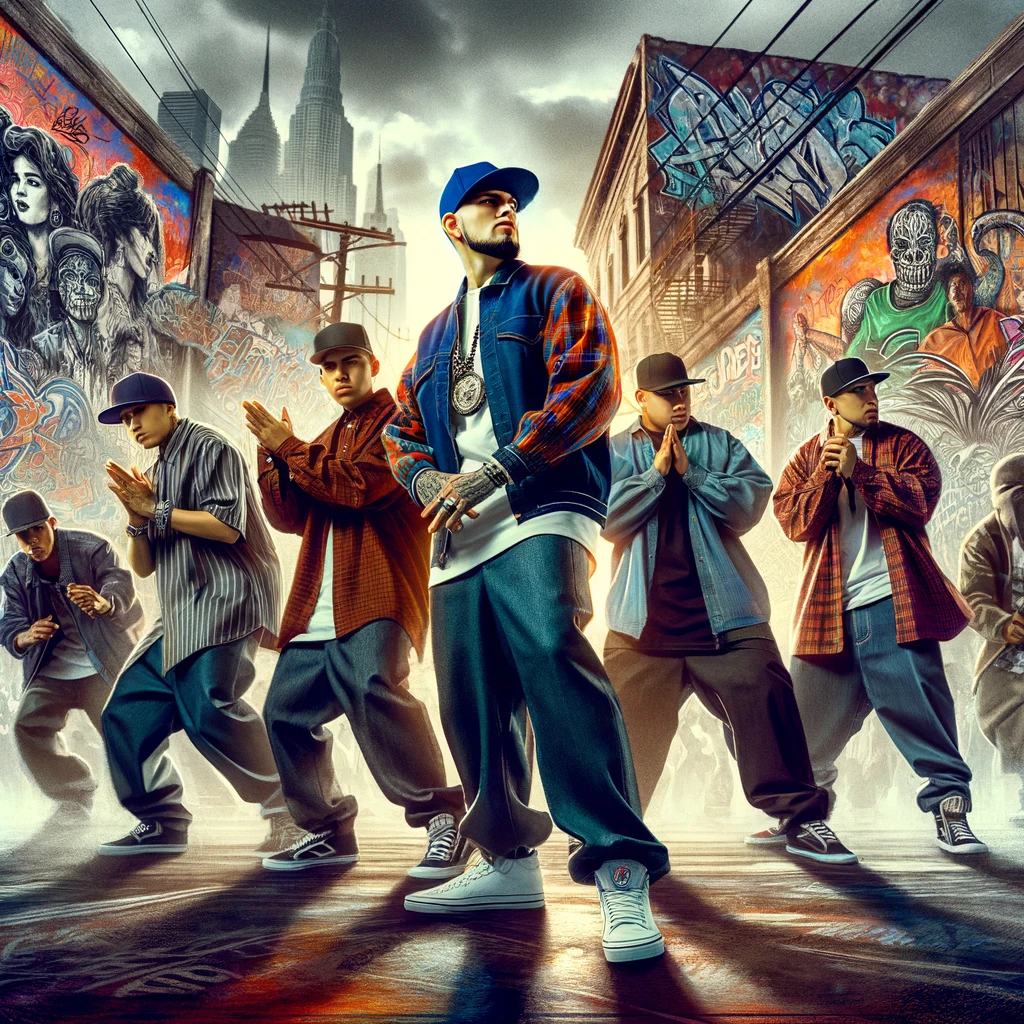Introduction
Chicano art, a vibrant and expressive cultural manifestation, has evolved significantly over the years. Originating from the streets as powerful murals, it has now found a new canvas in the digital world. This blog post delves into this fascinating transition, exploring how Chicano artists have maintained their cultural essence while embracing modern techniques.

The Roots: Street Murals as Cultural Statements
The journey begins in the streets, where Chicano art emerged as a form of cultural expression and political statement. Murals painted on public walls served as voices for the Chicano community, portraying their struggles, aspirations, and heritage. Artists like Judith Baca and David Botello used murals to tell stories, create awareness, and foster a sense of identity. These murals weren't just art; they were declarations, embedded in the very architecture of Chicano neighborhoods.
Transition to Canvas and Galleries
From the walls of the barrios, Chicano art gradually made its way into galleries and private collections. Artists like Carlos Almaraz and Carmen Lomas Garza began to gain recognition in the mainstream art world. Their work on canvas preserved the vibrant colors and poignant themes of the street murals but adapted to a format more familiar to the traditional art audience. This period marked a significant shift, bringing Chicano art into a broader cultural dialogue.

The Digital Leap: A New Age of Chicano Art
Today, a new chapter is being written with the advent of digital art. Young Chicano artists are merging traditional elements with digital techniques, creating artwork that transcends physical boundaries. Digital platforms have given these artists a global audience and new tools to express their heritage and messages.
Artists like The Rodri Studio and Celeste De Luna have embraced digital media to continue the narrative of Chicano culture. Their work ranges from digital paintings to augmented reality, offering a new dimension to Chicano art. These digital masterpieces retain the essence of Chicano culture while showcasing how it can evolve with technology.

The Role of Social Media and Online Galleries
Social media has played a pivotal role in the spread of digital Chicano art. Platforms like Instagram and Twitter have allowed artists to showcase their work to a global audience, fostering a community that transcends geographical boundaries. Online galleries and virtual exhibitions have also emerged, making Chicano art more accessible than ever before.
Conclusion: A Fusion of Tradition and Innovation
The evolution of Chicano art from street murals to digital masterpieces is a testament to the adaptability and resilience of the Chicano spirit. It shows how a community can hold onto its roots while branching out into new forms of expression. As we witness this evolution, it becomes clear that Chicano art, regardless of the medium, continues to be a powerful vehicle for cultural expression and identity.
By embracing both tradition and innovation, Chicano artists ensure that their voices and stories resonate not just within their communities, but across the world, bridging past and present, and paving the way for a future rich in creativity and cultural pride.


